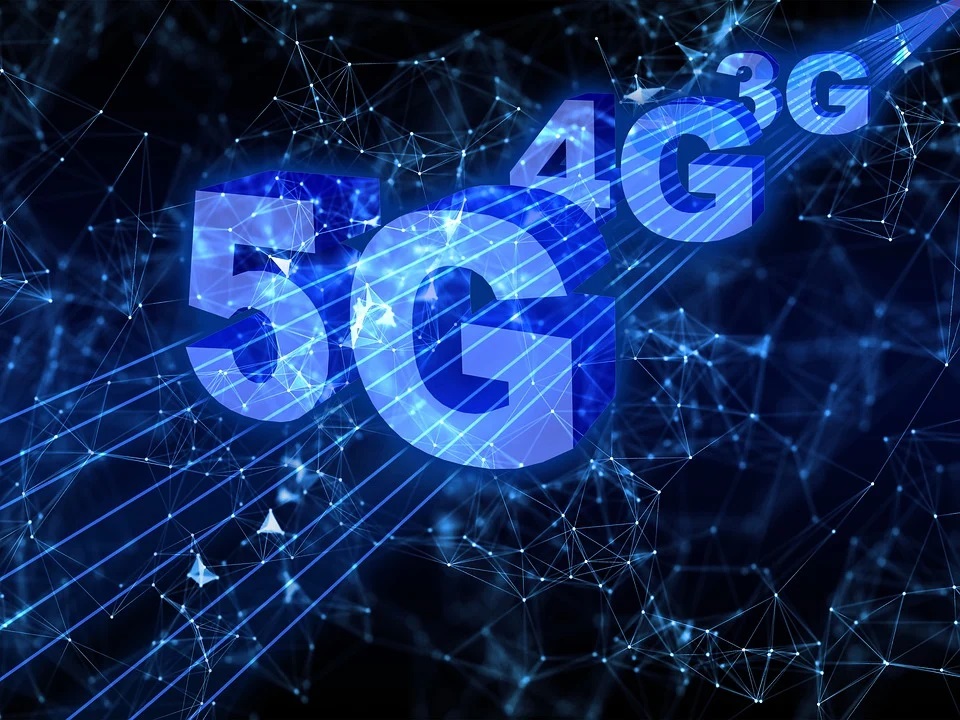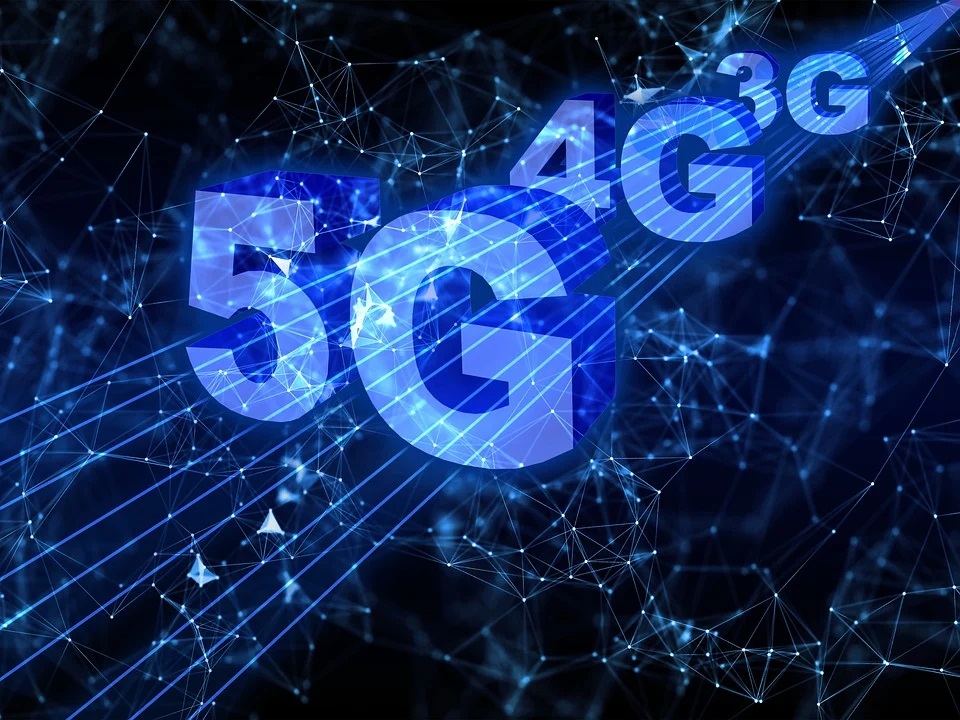What is 5g?

5G, for Fifth Generation, the latest update to the draft of international standards that dictate how mobile phones should work.
Everyone is very excited about the internet speed. Where 4G connections tend to supply download internet speed of around 15 Mbps to 100Mbps – enough to download a HD movie in approximately 3-5 minutes – 5G is predicted to beat that by orders of magnitude: 500 to 1500Mbps, fast enough to download an equivalent film in about 25 seconds.
Will 5g help coverage?
More indirectly. What areas do and don’t get coverage remains largely a business decision made by carriers, who need to weigh the value of latest towers against the revenue from users.
But the 5G standard allows for radically smaller base stations than was previously possible – just about the size of a small fridge – which basically means masts are often placed in locations where they might never previously would have been feasible.
In an Urban area, that would mean a mast on every lamp-post; outside of cities, it means avoiding the unsightly blights that make it hard to acquire permission for huge network towers.
The difference between 5g & 4g
when you consider 4g vs 5g, obviously the difference is data transfer speeds. 4G and then the more advanced 4G LTE technology offers speeds 50 times faster than the fastest 3G network. Having launched later in the 2000s, 4G allowed users access to HDTV on mobile devices, faster browsing, and therefore the ability to make high-quality video calls.
Impressive though these speeds are as compared to 3G, 4G and 4G LTE are slowly becoming obsolete because of the emergence that almost everything
runs on the Internet, where everything from televisions and cars to refrigerators and occasional machines can connect online. Simply put, 4G isn’t designed to handle that much traffic.
When you compare 5g speed vs 4g, 5G proves to be far superior. 5G is predicted to supply peak data transfer speeds of over 1000 megabits per second. That’s not only 50 times faster than 4G–such speed also beats the fastest home broadband networks which cannot go over 1000 megabits per second speed owing to physical connectivity restrictions of personal computers and laptops which have a network card with maximum speeds of 1 Gbps.
Suggested Read : Are you wondering “Why is my Internet speed so slow?”
What is Latency?
The speed that it takes for single piece of data to complete both legs of a journey is what you call the Latency of a connection which is measured is ms(milliseconds). Historically, it’s taken second place to bandwidth, which can measure what volume of bits can travel down a connection during a second, but increasingly, latency has become a more important factor.
Gamers know that already: the difference between a 10ms latency and a 100ms connection is the ability to be able to shoot your opponent or react faster than your opponent.
But 5G speed, which may lower latencies to only 1ms, enable uses that haven’t previously been possible: from real-time VR connections, where high latency would introduce extremely unpleasant nausea, to remote-control robotics which will safely interact with reality.
Latency is caused by the time it takes for smallest bit of data to travel from one point of a network to a different. It’s primarily a by-product of physical distance, moreover what plays more of a role is the type of connection. Latency can disrupt streaming content and cause a small delay between when sensor networks accepting data, transmit it elsewhere for processing, then respond.
Current 4G networks generally have latency rates between 40-120 milliseconds, but 5G could potentially reduce that rate to 2-10 milliseconds, creating incredibly reliable and high-performance networks.
5G latency is so low users are going to be ready to use their mobile connection as a viable replacement not only for Wi-Fi but also wired cable/ ethernet connections. This may increase usage of 5G for download and upload speed, improve video calls even more, and permit users to observe 4K video on mobile devices without buffering.
Can 4g be accessed on a 5g phone?
While the 2 networks are incompatible, the primary 5G mobile phones on the market also will support 4G networks, so people can buy the phones while on 4G and trade up to 5G when networks come available. In other words, you’ll safely purchase a 5G phone and use it on your existing 4G network.
To conclude, the new 5G technology is going to change our entire world as we know it. It will most definitely bring us almost any video, gaming, or video chat experience instantaneously, at anytime and anywhere, all this without the need for cables. 5G phones are here now, though the 5G networks that will give them superpowers will expand throughout 2020 and the next few years.
The most important part of all this is actually knowing the speed at which you are using the internet, If you would like to ensure that you are getting the complete 5g experience, you can download the 5g speedtest app for your Android or iOs device and find out.




+ There are no comments
Add yours